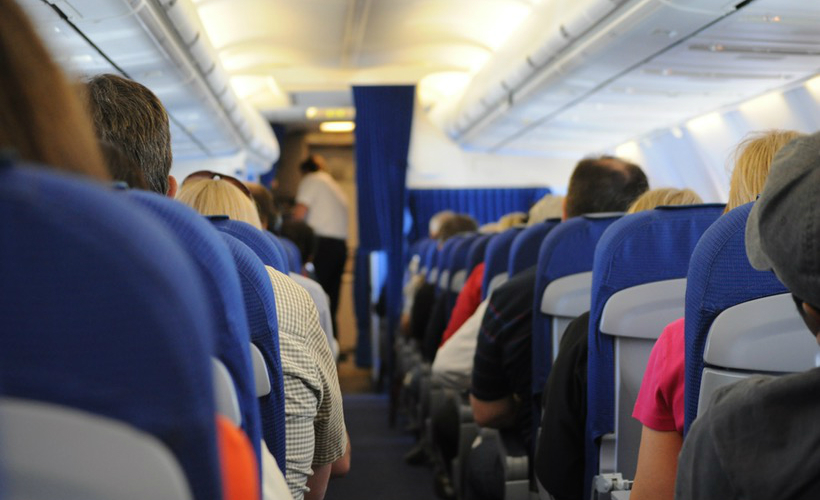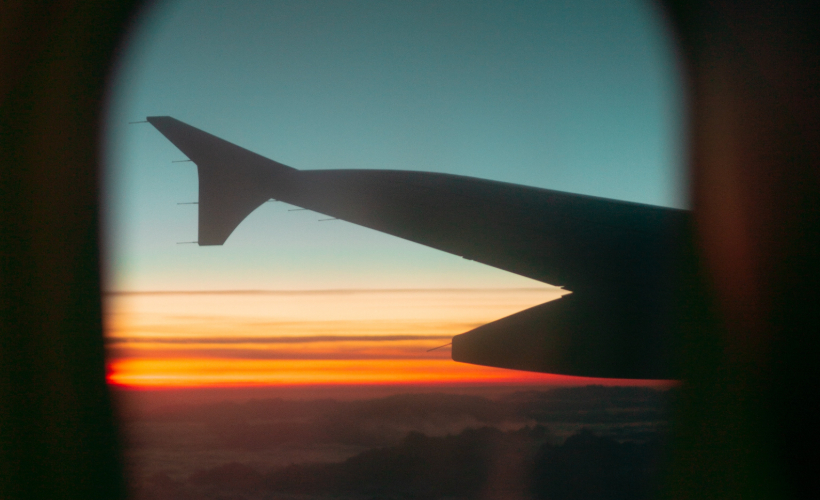
As thrilling and convenient as air travel is, it can also cause crippling anxiety for some. I too was once riddled with fear about getting on a flight. Thankfully, just as how air travel has evolved, so have numerous techniques to counter such anxiety. Here’s a first-hand account of dealing with aviophobia and claustrophobia, and how I turned it all around via holistic techniques and sheer determination.
The birth of fear
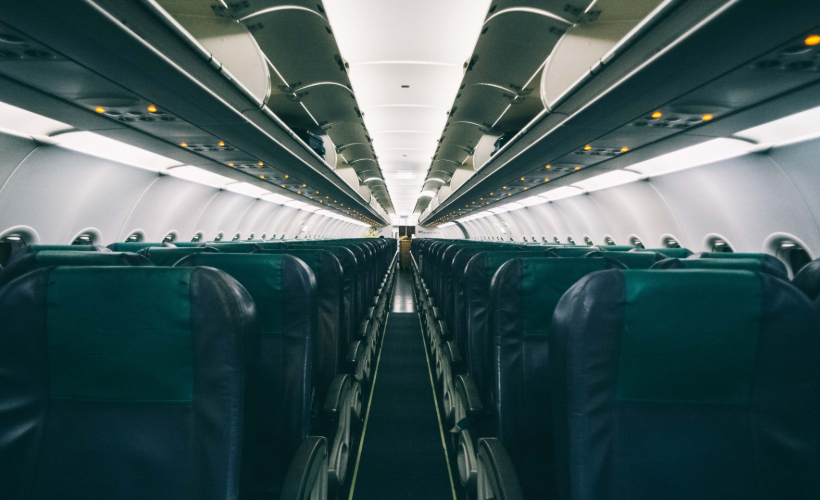
For some background, I’m based in Barcelona, Spain and work as a corporate human resources manager. A major part of my fear of flying was connected to claustrophobia. I’ve been travelling by air since I was a kid. However, the root cause of it all is that my own father is afraid of flying. One bad landing experience sent jitters down his spine and repeatedly listening to his ‘bad experience’ stuck in my mind because I was also on that flight.
Although the event occurred when I was very little, I gradually developed claustrophobia and anxiety disorder after listening to that story on repeat. Other dynamics that exacerbated my fear is the length of a flight, turbulence, and confined space.
There are other types of fearful flyers too. Some tend to latch on to travel alternatives to avoid and disregard their phobias (like me). Others hardwire their subconscious in such a way that they’ll only feel safe at a specific seat and aren’t able to get over this psychical barrier.
From fearful to fearless
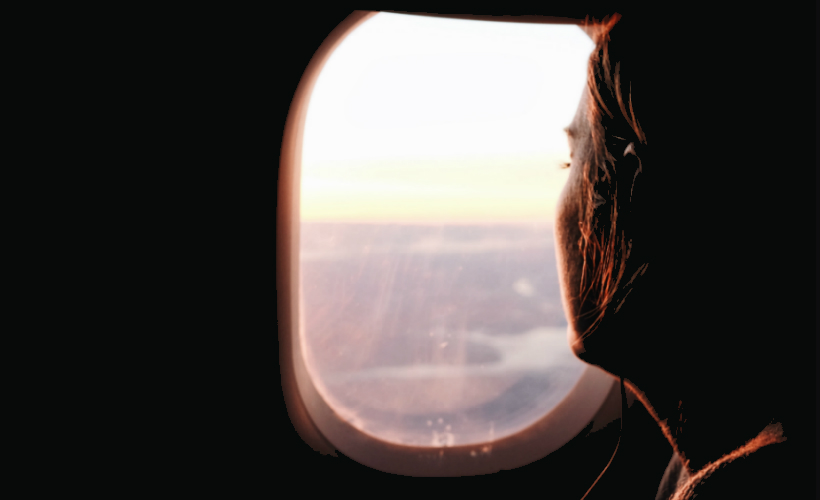
I finally subscribed to the Fearless Flyer online course and started planning my next trip. This course is curated by top psychologists working closely with the aviation industry and phobia experts who focus on panic attacks, claustrophobia, and a fear of heights.
I advanced through interactive video learning modules and simultaneously practised deep breathing. Continuously listening to the modules and practising my breathing created a muscle memory through new synaptic pathways in my brain. Later on, I was able to recall this information while going airborne which helped me to effectively calm down my nerves when needed. Fears do reverberate in my head but rationalising them with the tricks and techniques I learned dramatically reduced my anxiety.
At one point, my fears got the better of me so much so that I’d find ways to avoid air travel altogether and look to other ways of taking a trip. However, all I was doing was feeding my fear of flying. This revelation spurred me to take the first step in effectively eradicating this fear. After all, fear is learned, and I’m happy to have been able to unlearn it.
In-flight protocols
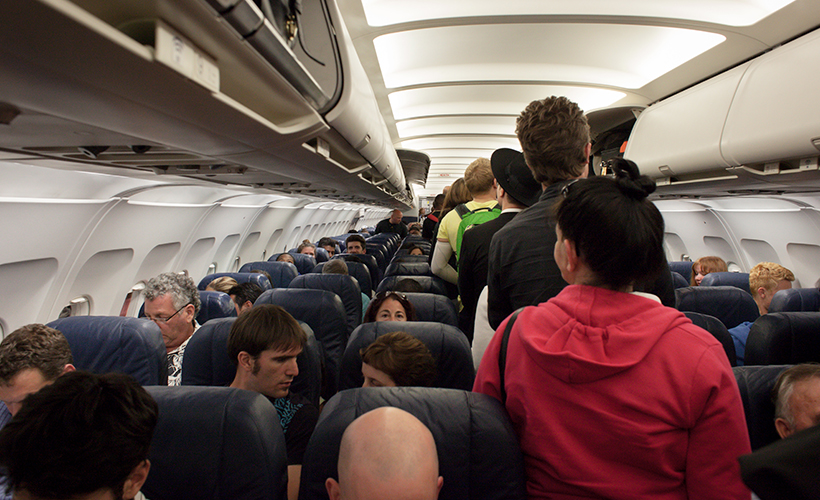
So, about that trip I planned. I boarded the plane and took off confidently. I focused on the bigger part of my journey – the upcoming adventures and meeting my friends. It melted away any in-flight trepidations related to my former fears.
Whenever I feel like I’m about to lose my cool mid-flight, I now know what to do and take action. By thinking of and almost meditating upon positive memories, I send the negativity away. During turbulence, I simply keep myself distracted and remind myself that an aircraft can endure and withstand more than I know. It’s all mind over matter.
![#ZafigoTips: Travel Hacks For Long Haul Flights [VIDEO]](https://zafigo.com/wp-content/uploads/2019/03/tim-gouw-208299-unsplash-1.jpg)

